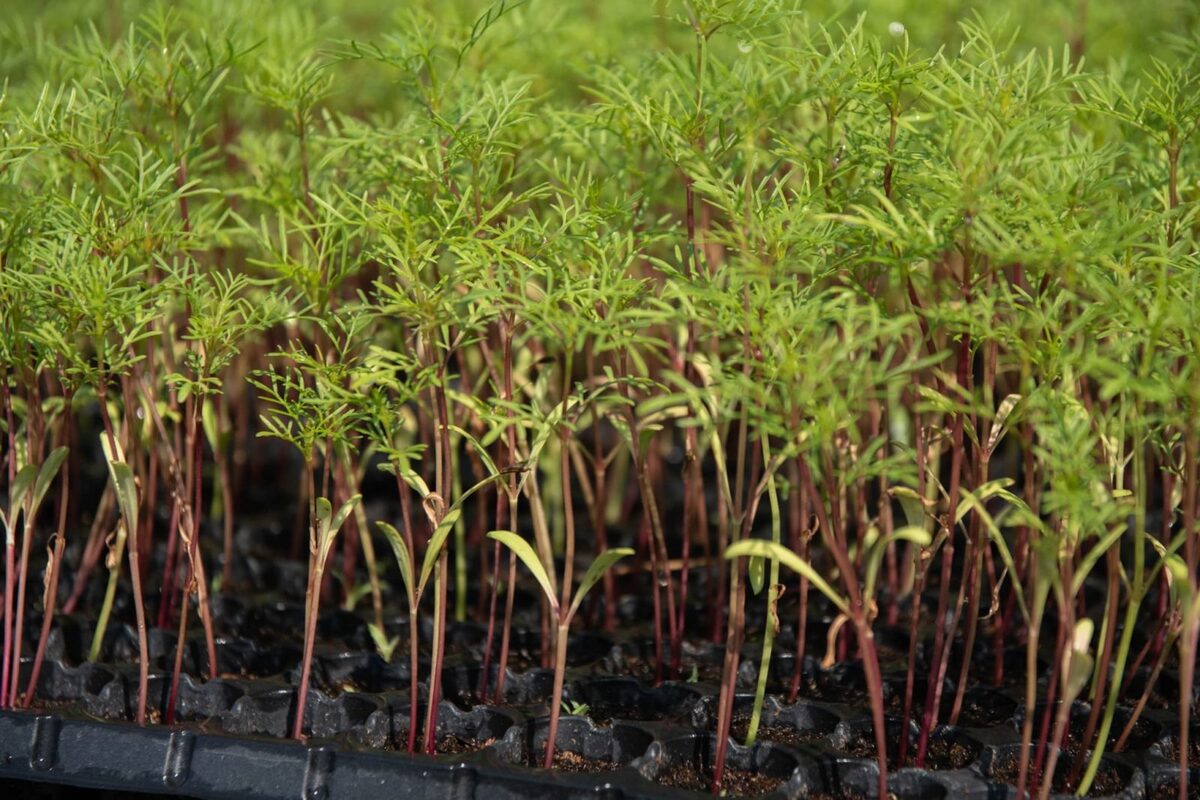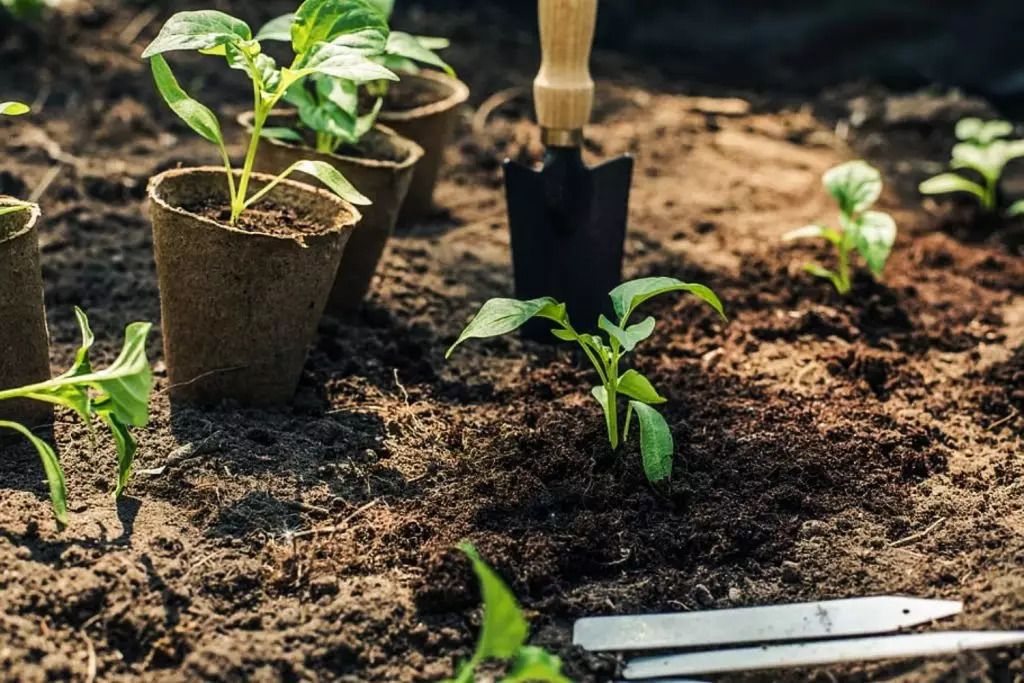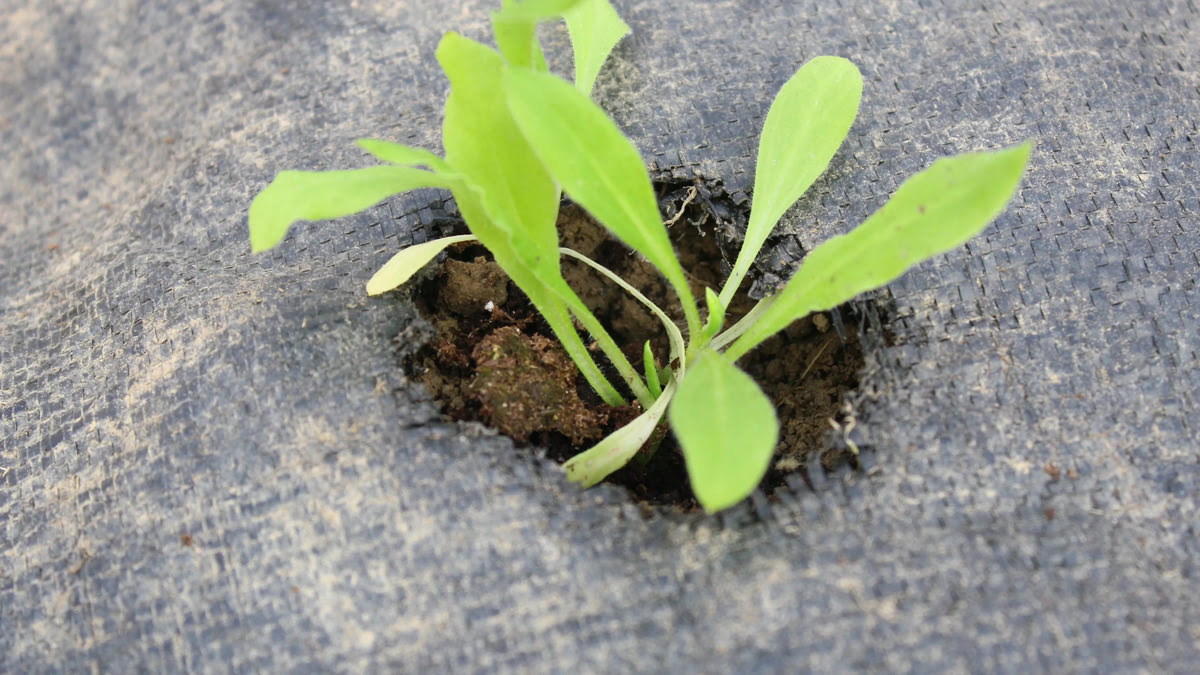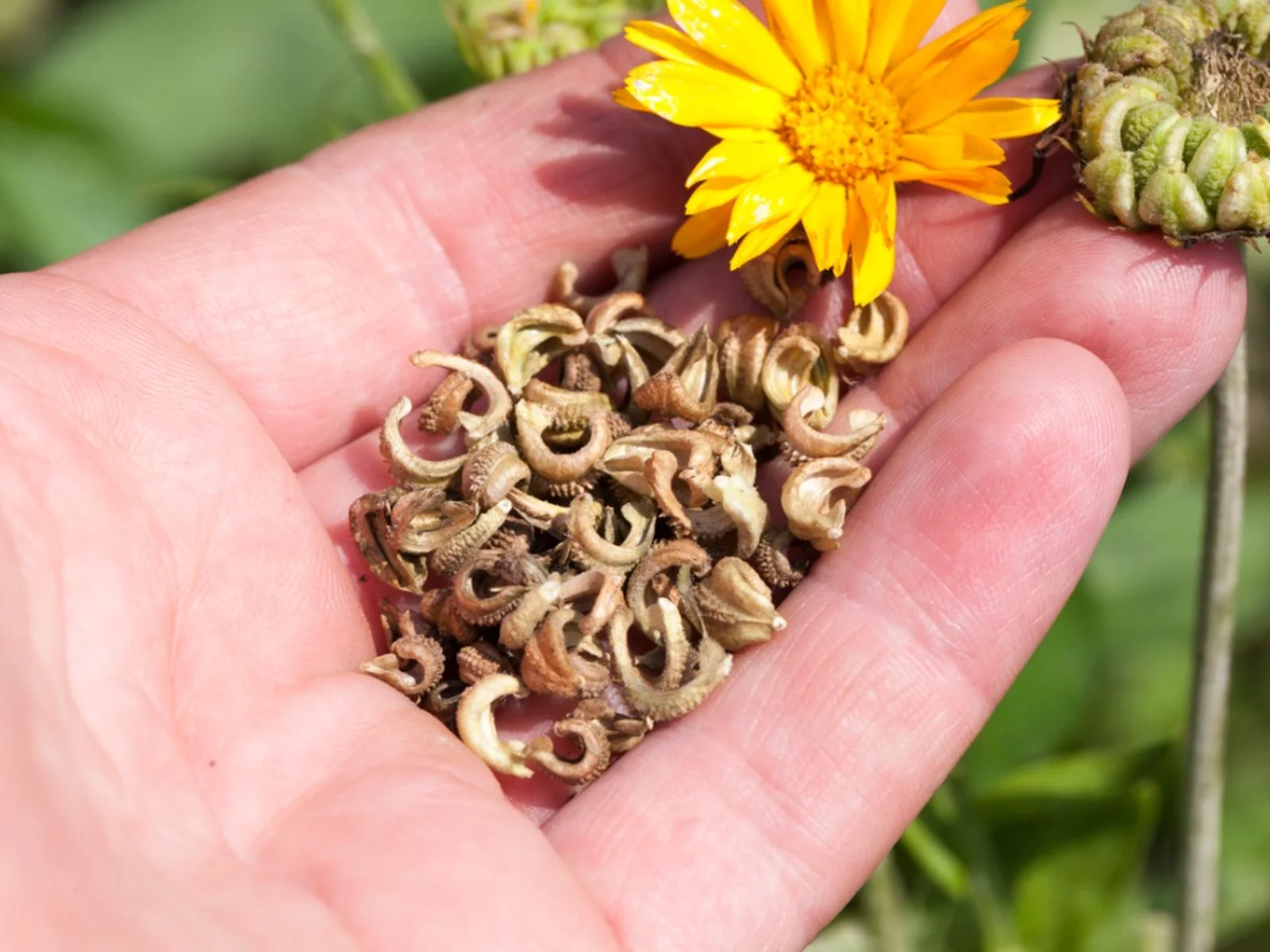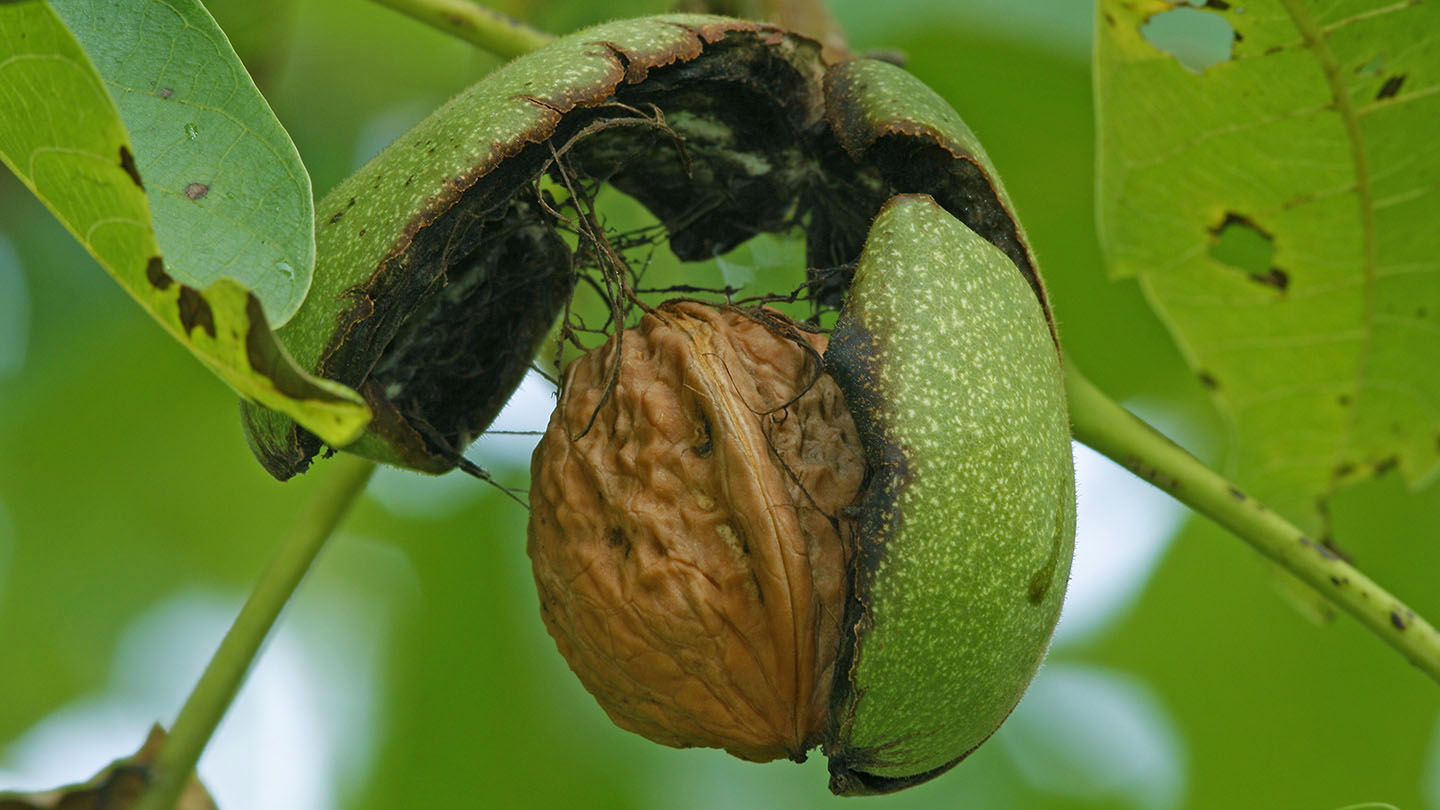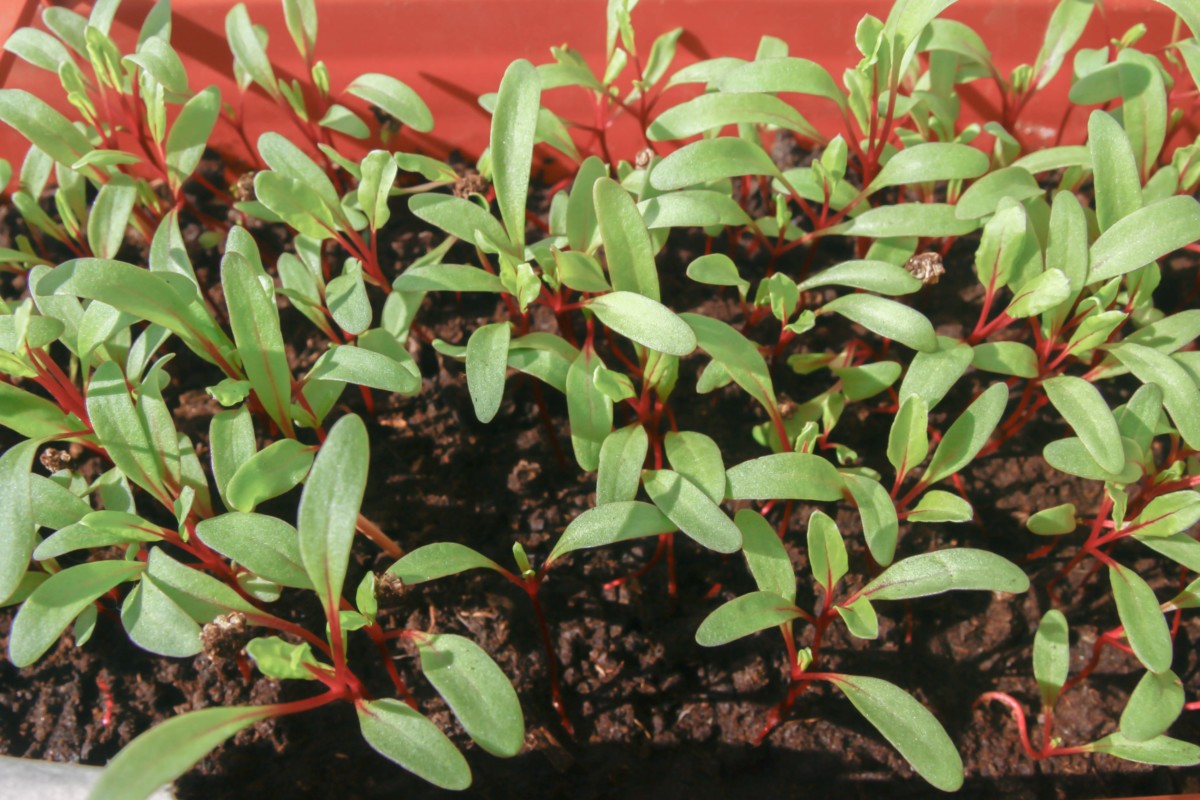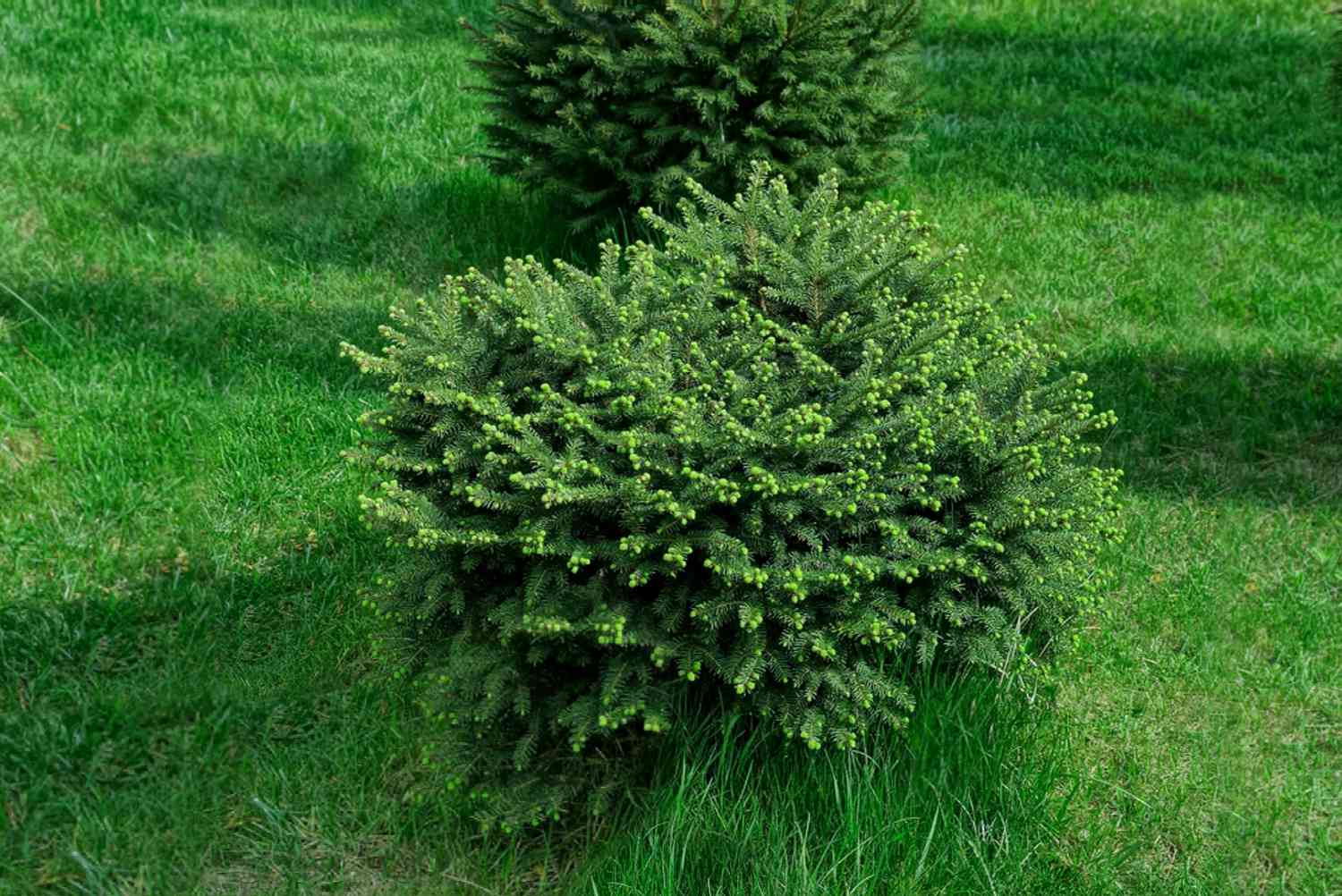Home>Types of Gardening>Ornamental Gardening>What Do Hydrangea Seeds Look Like
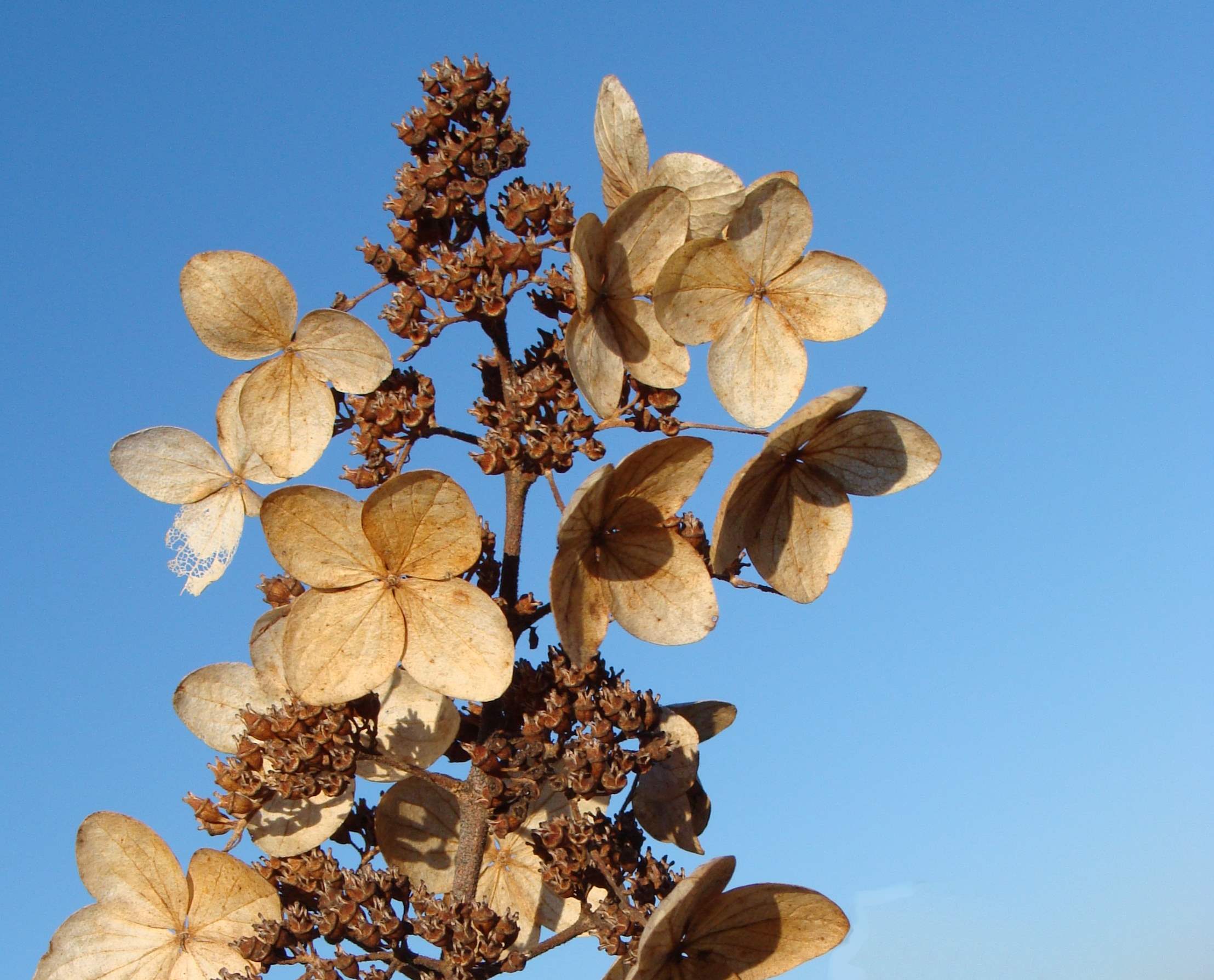

Ornamental Gardening
What Do Hydrangea Seeds Look Like
Modified: January 22, 2024
Discover what hydrangea seeds look like and how to grow them in your ornamental gardening projects. Get expert tips and advice for successful seed propagation.
(Many of the links in this article redirect to a specific reviewed product. Your purchase of these products through affiliate links helps to generate commission for Chicagolandgardening.com, at no extra cost. Learn more)
Table of Contents
Introduction
Welcome to the wonderful world of ornamental gardening! If you have a passion for cultivating beautiful and vibrant plants, then you’ve come to the right place. In this article, we will explore the fascinating topic of hydrangea seeds and uncover what they look like. Hydrangeas are beloved for their stunning blooms and can add a touch of elegance to any garden or landscape.
Hydrangea seeds are an essential part of the plant’s life cycle, as they are responsible for producing new hydrangea plants. Understanding the physical characteristics of hydrangea seeds is crucial for successful gardening and propagation. Whether you’re a beginner looking to learn more about hydrangeas or an experienced gardener seeking to expand your knowledge, this article will provide insightful information about the appearance and germination process of hydrangea seeds.
So, get ready to dive into the world of hydrangea seeds and discover their unique qualities. By the end of this article, you’ll have a comprehensive understanding of what hydrangea seeds look like and how they contribute to the growth and beauty of these incredible plants.
Types of Hydrangea Seeds
Hydrangea plants belong to the Hydrangeaceae family and are native to Asia and the Americas. There are several different species and cultivars of hydrangeas, each with its own unique characteristics. As a result, hydrangea seeds can vary in appearance depending on the specific type of hydrangea plant.
One of the most common types of hydrangeas is the Hydrangea macrophylla, also known as the bigleaf hydrangea. This species produces large, rounded flower clusters and is known for its ability to change color based on the acidity of the soil. Hydrangea macrophylla seeds are generally small, oval-shaped, and have a pale brown color.
Another popular variety is the Hydrangea paniculata, also referred to as the panicle hydrangea. This type of hydrangea produces cone-shaped flower clusters that can range in color from white to pink to deep red. The seeds of the Hydrangea paniculata are typically small, dark brown, and oval in shape.
The Hydrangea quercifolia, or oakleaf hydrangea, is beloved for its large, oak-shaped leaves and elongated flower clusters. The seeds of this hydrangea species are small, brown, and round.
Additionally, there are other species and cultivars of hydrangeas, such as the Hydrangea serrata, Hydrangea arborescens, and Hydrangea anomala, each with their own distinct characteristics and seed appearances.
It’s important to note that while hydrangeas can produce seeds, they are often propagated through other methods such as cuttings or division. This is because hydrangea seeds can be unpredictable, and the resulting plants may not have the same characteristics as their parent plant.
Now that we’ve explored the different types of hydrangea seeds, let’s delve into the physical characteristics that define what these seeds look like.
Physical Characteristics of Hydrangea Seeds
Hydrangea seeds possess several physical characteristics that make them unique and distinguishable. Understanding these features can help gardeners identify and handle the seeds properly during the germination process.
Color is an important aspect of hydrangea seeds. Depending on the species and variety, hydrangea seeds can range in color from pale brown to dark brown. The color may also vary within a single seedpod, as different seeds mature at different times.
The texture of hydrangea seeds is often smooth and glossy. When you touch a hydrated seed, it may feel slightly moist and slippery due to the protective coating that surrounds it. This coating helps the seeds retain moisture and protects them from environmental factors.
Hydrangea seeds are typically small in size, measuring around 1-2 millimeters in diameter. However, the size may vary slightly based on the specific hydrangea species. It’s important to handle the seeds with care due to their small size, as they can be easily lost or damaged.
In addition to their color, texture, and size, hydrangea seeds have distinct shapes. Most hydrangea seeds are oval in shape, resembling tiny eggs. However, the exact shape may slightly differ depending on the species or variety of the hydrangea plant.
As you collect and handle hydrangea seeds, it’s essential to carefully observe their physical characteristics. Taking note of the seed’s color, texture, size, and shape can help you properly identify and work with the seeds during the germination process.
Now that we’ve explored the physical characteristics of hydrangea seeds, let’s delve into the fascinating process of germinating these seeds and growing beautiful hydrangea plants.
Color of Hydrangea Seeds
The color of hydrangea seeds can vary depending on the specific species and variety of the hydrangea plant. Generally, hydrangea seeds range in color from pale brown to dark brown, but there can be some variations within a single seedpod.
At the early stages of development, hydrangea seeds may appear lighter in color, almost resembling a pale beige or cream hue. As the seeds mature and approach their full development, they tend to darken and take on a richer brown color.
The variation in color can be attributed to a combination of factors, including genetics and environmental conditions. Different species and cultivars of hydrangeas may exhibit unique color variations in their seeds, adding to the intrigue and diversity of these plants.
It’s important to note that while brown is the most common color for hydrangea seeds, it’s not the only color that can be seen. In some cases, particularly with hybrid hydrangea varieties, you may come across seeds that have a slight reddish hue or even a hint of green. These deviations in color add an element of surprise and excitement to the seed collection process.
Observing the color of hydrangea seeds can be a helpful indicator of their maturity and readiness for germination. Seeds that have reached their full brown coloration are more likely to be viable and capable of successful germination.
As you collect hydrangea seeds, it’s important to handle them gently and store them in a cool, dry place to ensure their viability. Properly dried and stored seeds will maintain their color and have a higher chance of germinating successfully when the time comes.
Understanding the color variations in hydrangea seeds can not only enhance your gardening experience but also serve as a reminder of the natural beauty and diversity found in these remarkable plants.
Now that we’ve explored the color of hydrangea seeds, let’s move on and examine the texture of these intriguing seeds.
Texture of Hydrangea Seeds
The texture of hydrangea seeds is a fascinating characteristic that sets them apart from other plant seeds. When you touch a hydrated hydrangea seed, you’ll notice that it has a smooth and glossy texture.
The smoothness of hydrangea seeds is due to the protective coating that surrounds them. This coating serves multiple purposes: it helps the seeds retain moisture, protects them from external elements, and aids in their dispersal.
When a hydrangea seed is properly hydrated, you may also feel a slight moisture or slipperiness to its surface. This is a result of the seed coat’s ability to absorb and hold moisture, ensuring that the seed remains viable and ready for germination.
In addition to their smooth texture, hydrangea seeds can also have a delicate and fragile quality. Their small size makes them vulnerable to damage or loss, so it’s important to handle them with care when collecting and storing them.
It’s worth noting that the texture of a hydrangea seed can be influenced by environmental factors. For example, seeds that have been exposed to excessive moisture may have a slightly softer texture, whereas seeds that have been subjected to dry conditions may appear more rigid.
As a gardener, it’s important to pay attention to the texture of hydrangea seeds when collecting and planting them. Seeds with a healthy and intact protective coating are more likely to have a higher germination rate and develop into robust plants.
By understanding the unique texture of hydrangea seeds, you can handle them with the necessary care and provide them with the optimal growing conditions for successful germination.
Now that we’ve explored the texture of hydrangea seeds, let’s move on to discuss their size and its significance in the germination process.
Size of Hydrangea Seeds
Hydrangea seeds are relatively small in size, measuring around 1-2 millimeters in diameter. This small size is common among most hydrangea species, although there may be slight variations in seed size depending on the specific variety.
The small size of hydrangea seeds can present a challenge when it comes to handling and sowing them. Due to their tiny nature, it’s important to exercise caution and precision when collecting, storing, and planting the seeds to ensure their successful germination.
When collecting hydrangea seeds, it’s recommended to use gentle methods such as gently tapping the seed heads or using a pair of tweezers to carefully remove the seeds from the flower clusters. This meticulous approach will help minimize the risk of seed loss or damage.
The small size of hydrangea seeds also means that they require specific conditions for successful germination. Adequate moisture and a well-draining growing medium are crucial factors in promoting the germination and growth of hydrangea seeds.
Additionally, the small size of hydrangea seeds means that they should be planted relatively shallowly, typically around 1/8 to 1/4 inch deep, to ensure they can receive the necessary sunlight and moisture for germination.
Despite their small size, hydrangea seeds contain all the genetic information necessary to develop into beautiful plants, showcasing their incredible potential and resilience.
By understanding the size of hydrangea seeds, you can better handle, plant, and nurture them, increasing your chances of successfully growing these exquisite flowering plants in your garden or landscape.
Now that we’ve explored the size of hydrangea seeds, let’s move on to the fascinating process of germinating these seeds and witnessing the growth of hydrangea plants.
Germination Process of Hydrangea Seeds
The germination process is a critical stage in the life cycle of hydrangea seeds. While hydrangeas can be propagated through other methods such as cuttings or division, growing them from seed can be a rewarding and exciting endeavor.
Before starting the germination process, it’s important to ensure that you have fresh and viable hydrangea seeds. Viable seeds are typically mature, with a dark brown color and a firm texture.
To begin, prepare a seed tray or small pots with a well-draining potting mix. It’s best to use a mix specifically designed for seed starting to provide optimal conditions for germination.
Gently sow the hydrangea seeds on the surface of the soil, spacing them evenly and covering them lightly with a thin layer of soil. The small size of the seeds means that they should be planted relatively shallowly, typically around 1/8 to 1/4 inch deep.
After planting, it’s essential to keep the soil consistently moist but not overly saturated. Consider covering the seed tray or pots with a plastic dome or a clear plastic bag to create a humid environment suitable for germination.
Place the seed tray or pots in a warm and well-lit area, but away from direct sunlight. Hydrangea seeds require a temperature range of 70-75°F (21-24°C) for optimal germination. A heating mat can be used to provide consistent warmth if needed.
Germination time for hydrangea seeds can vary depending on the specific species and environmental conditions. On average, it can take anywhere from 2 weeks to several months for the seeds to germinate.
As the seeds start to germinate, tiny seedlings will emerge from the soil. At this stage, it’s crucial to provide adequate light to promote their healthy growth. Consider placing them under fluorescent or grow lights, ensuring they receive 12-16 hours of light per day.
Continue to keep the soil moist, but be careful not to overwater, as excessive moisture can lead to root rot. After the seedlings have developed a couple of sets of true leaves, they can be transplanted into larger containers or directly into the garden, following proper spacing guidelines for the specific hydrangea variety.
It’s important to note that not all hydrangea seeds may germinate, and the resulting plants may not have the exact features of the parent plant. However, growing hydrangeas from seed can be a rewarding experience, allowing you to witness the unique characteristics and variations that nature has to offer.
By understanding the germination process of hydrangea seeds and providing the necessary care and conditions, you can successfully grow these beautiful plants in your garden or landscape.
Conclusion
Exploring the world of hydrangea seeds has revealed the fascinating and diverse characteristics of these small but mighty plant embryos. From their different colors and textures to their small size and unique germination process, hydrangea seeds showcase the wonders of nature’s intricate design.
Understanding the variety of hydrangea seed types and their physical characteristics can greatly benefit ornamental gardeners. By recognizing the specific features of hydrangea seeds, such as color, texture, and size, gardeners can identify viable seeds, handle them with care during collection and planting, and provide optimal conditions for successful germination.
Embarking on the journey of growing hydrangeas from seed offers a sense of wonder and discovery. Witnessing the transformation from a tiny seed to a thriving hydrangea plant brings a deep sense of satisfaction and fulfillment.
While growing hydrangeas from seed may not always guarantee an exact replica of the parent plant, it allows for the joy of experiencing the natural variations and beauty that each new seedling brings.
So, whether you are a beginner gardener hoping to try your hand at growing hydrangeas or an experienced enthusiast looking to expand your collection, embracing the world of hydrangea seeds offers endless possibilities and rewards.
Now that you have a comprehensive understanding of what hydrangea seeds look like and how to germinate them, it’s time to put your newfound knowledge into practice. Start collecting those beautiful seeds and watch as they transform into stunning hydrangea plants, adorning your garden with their vibrant colors and enchanting blooms.
Happy gardening!
